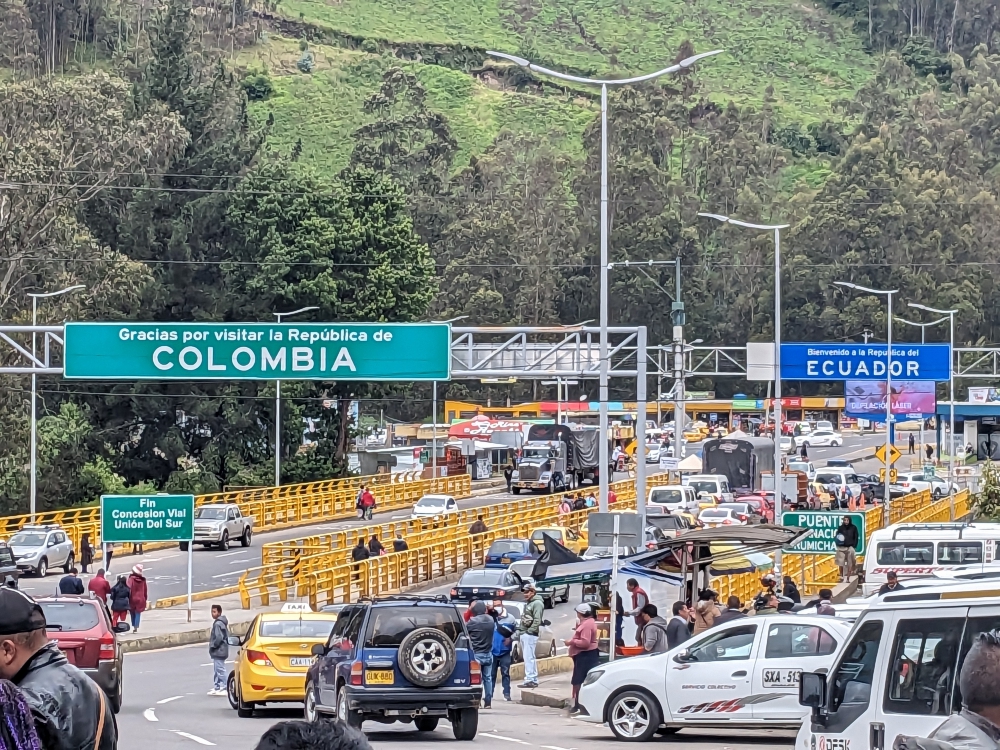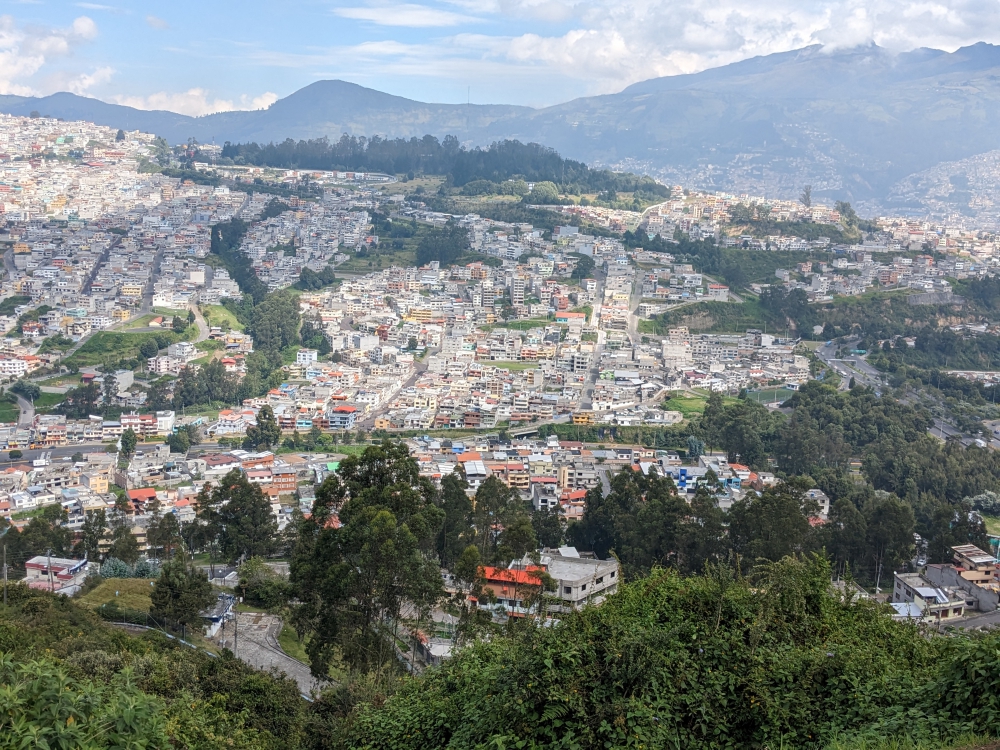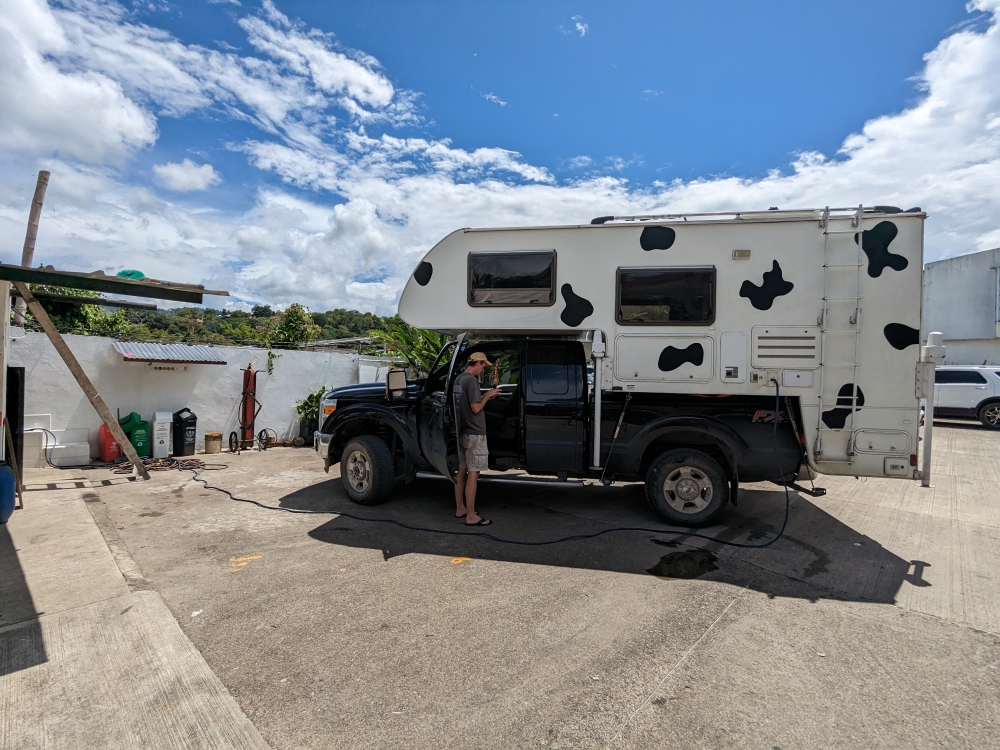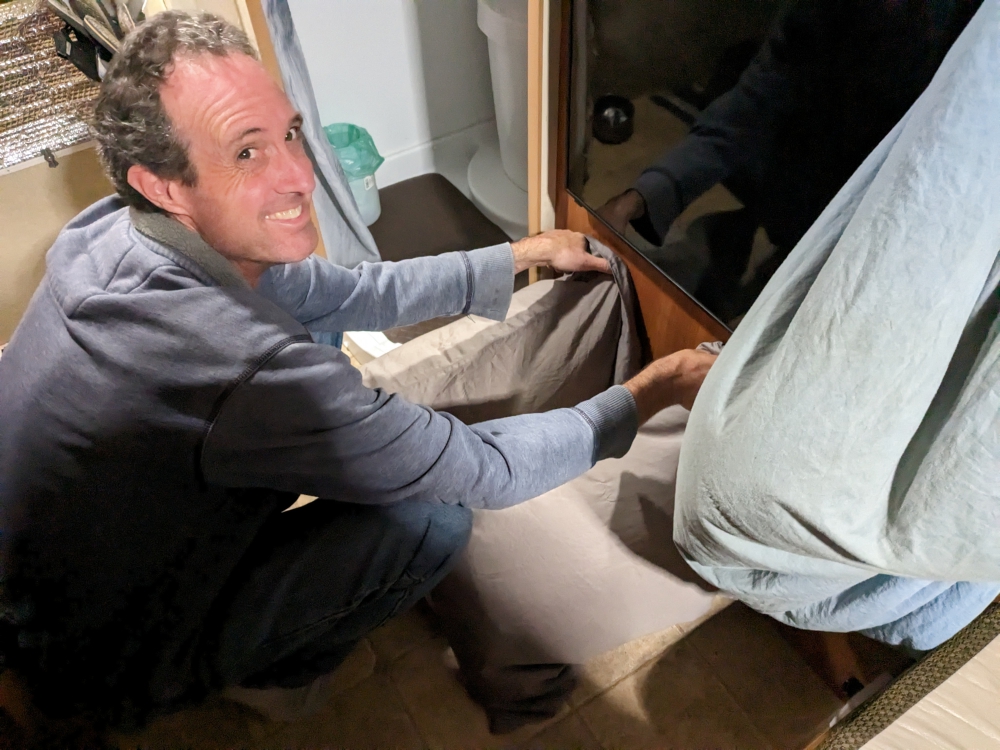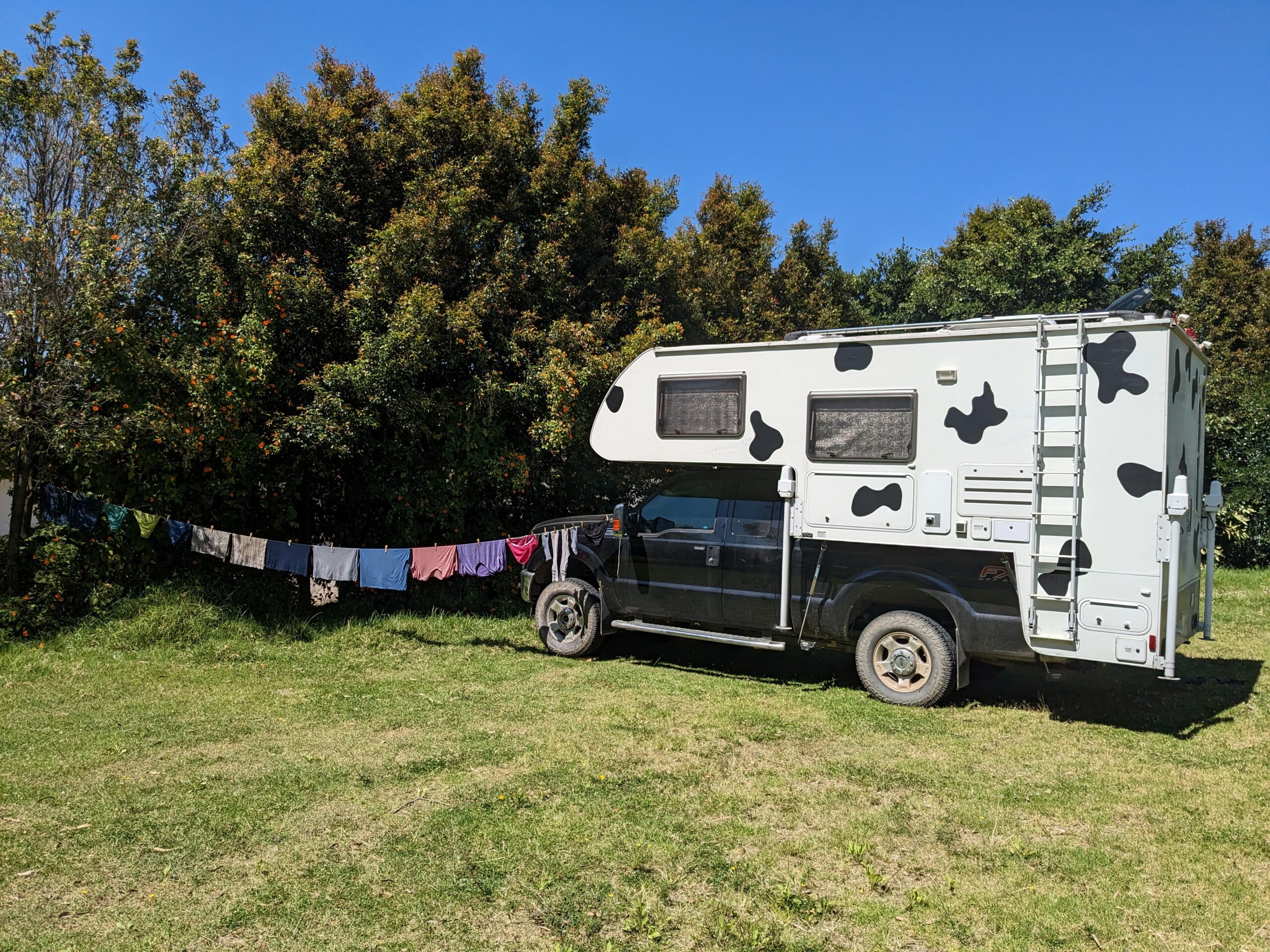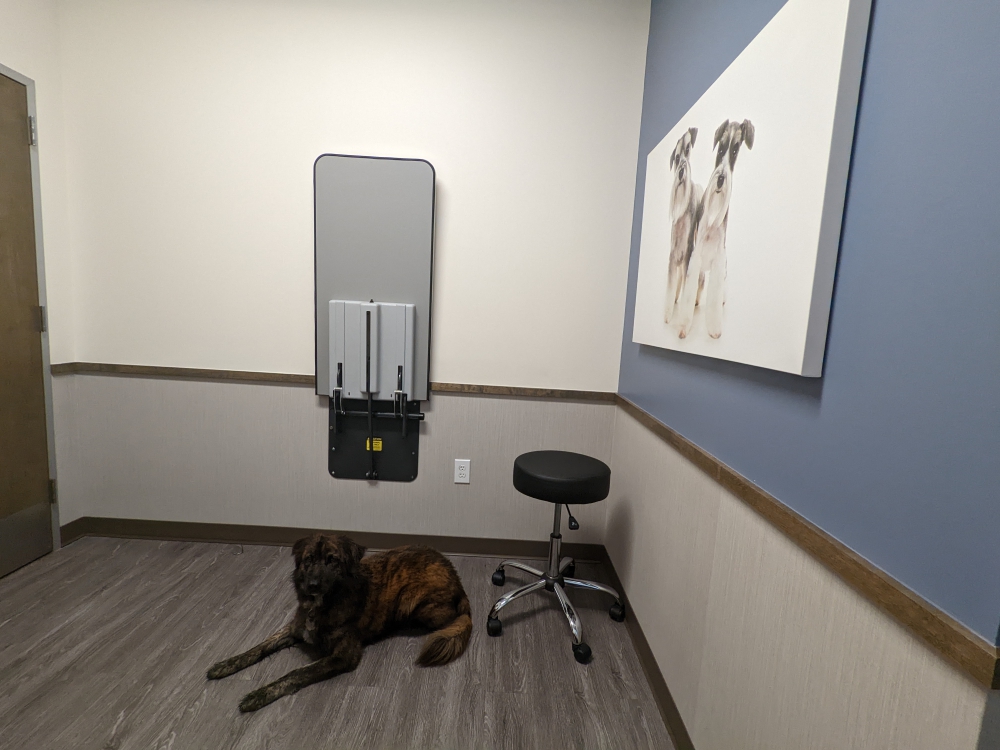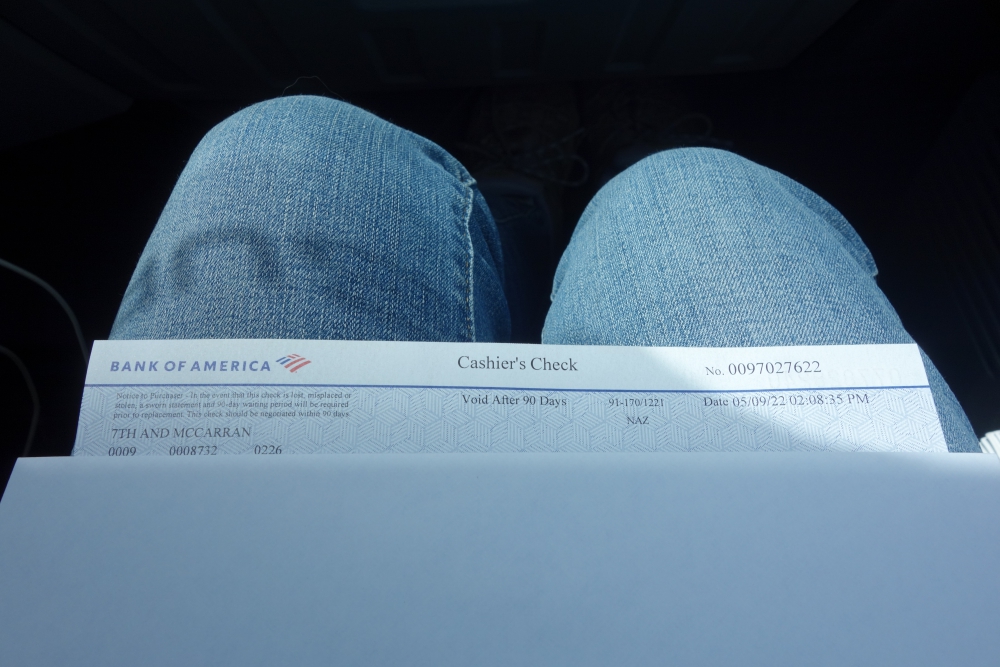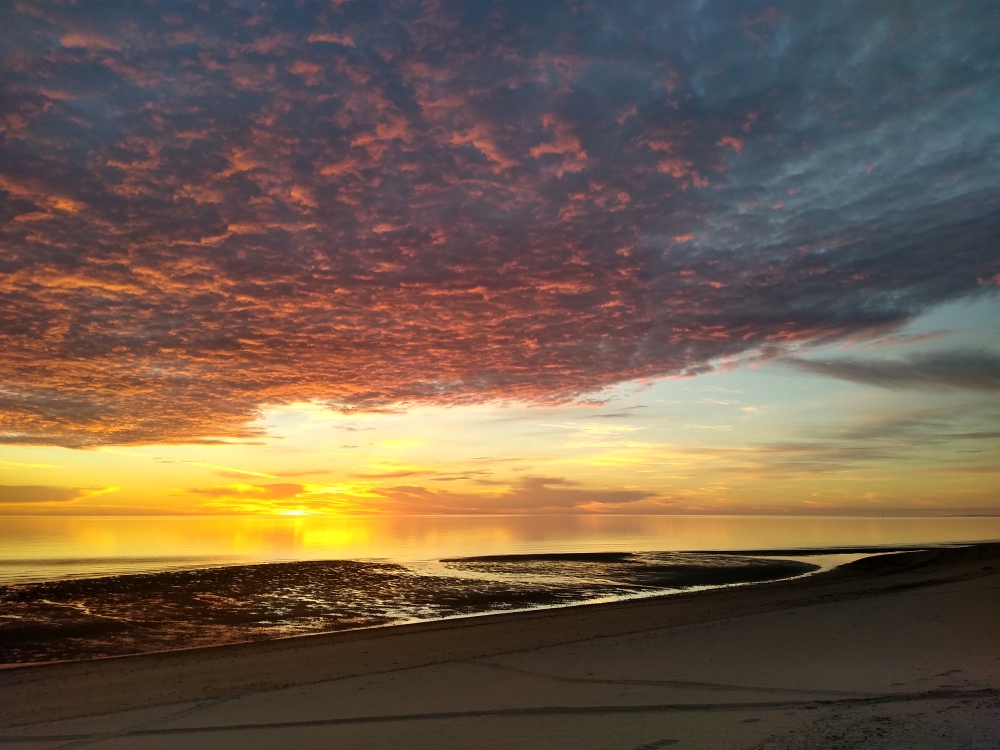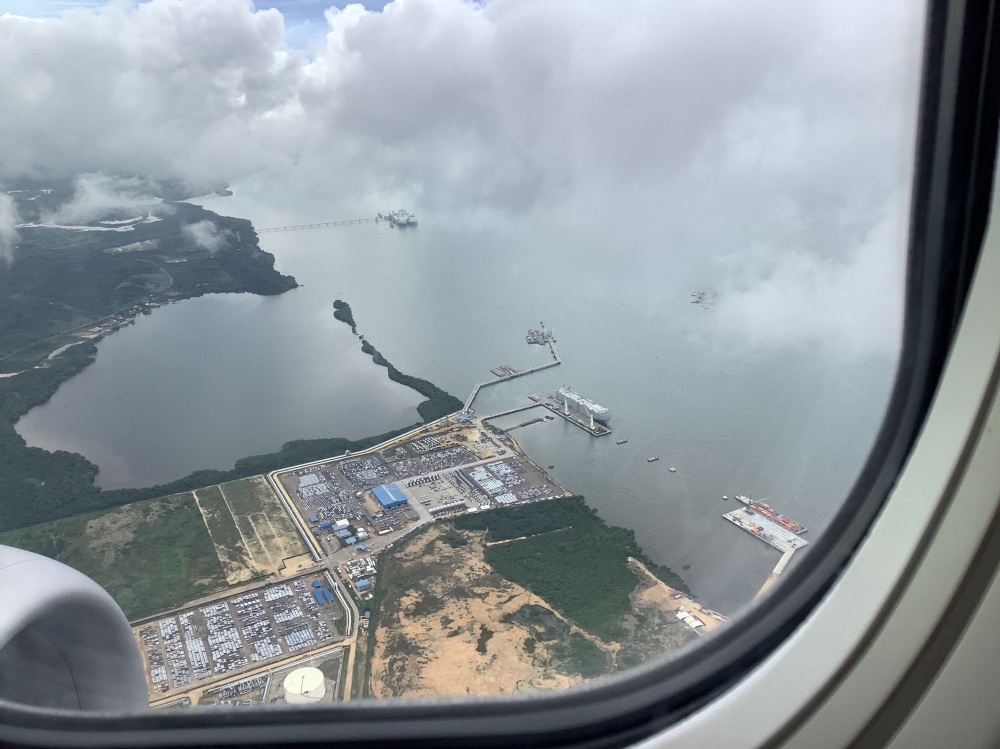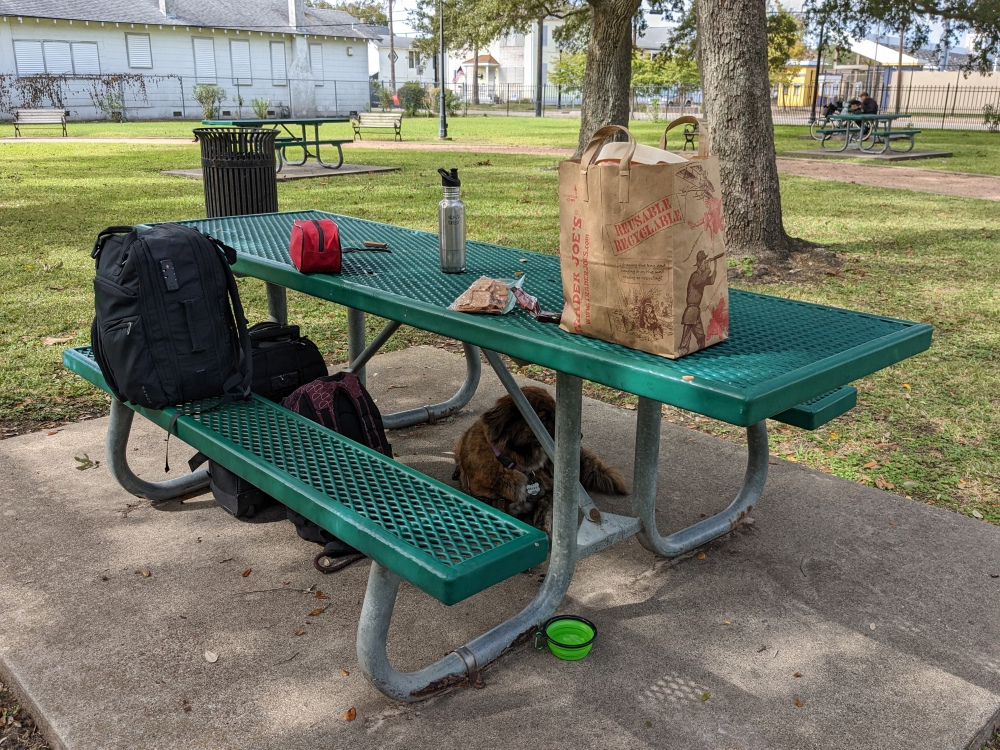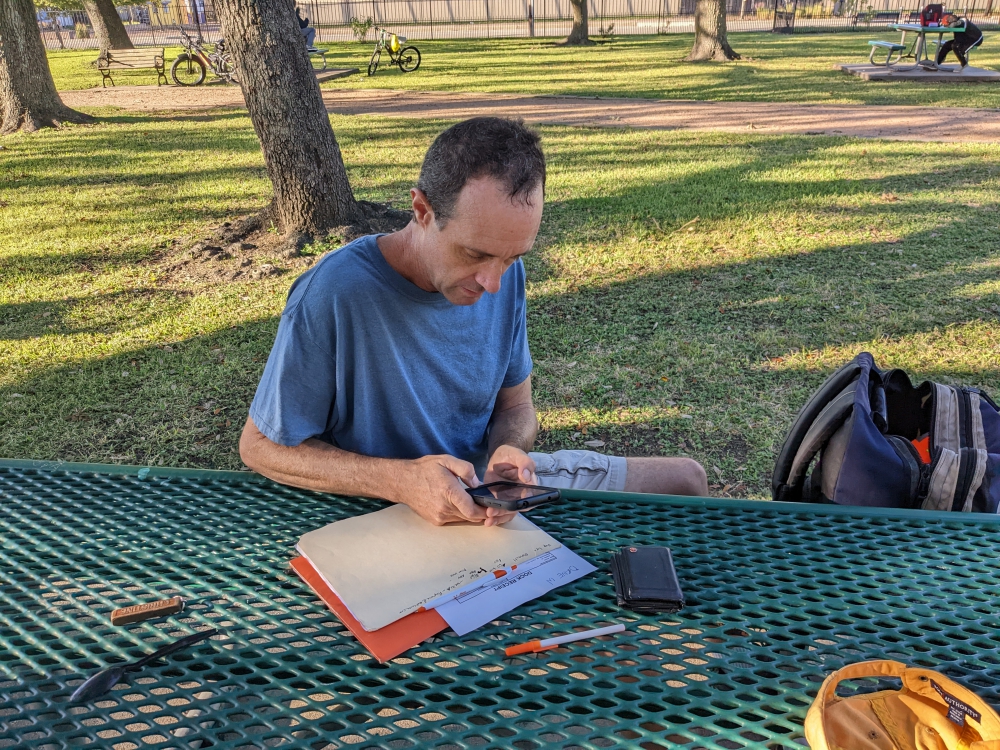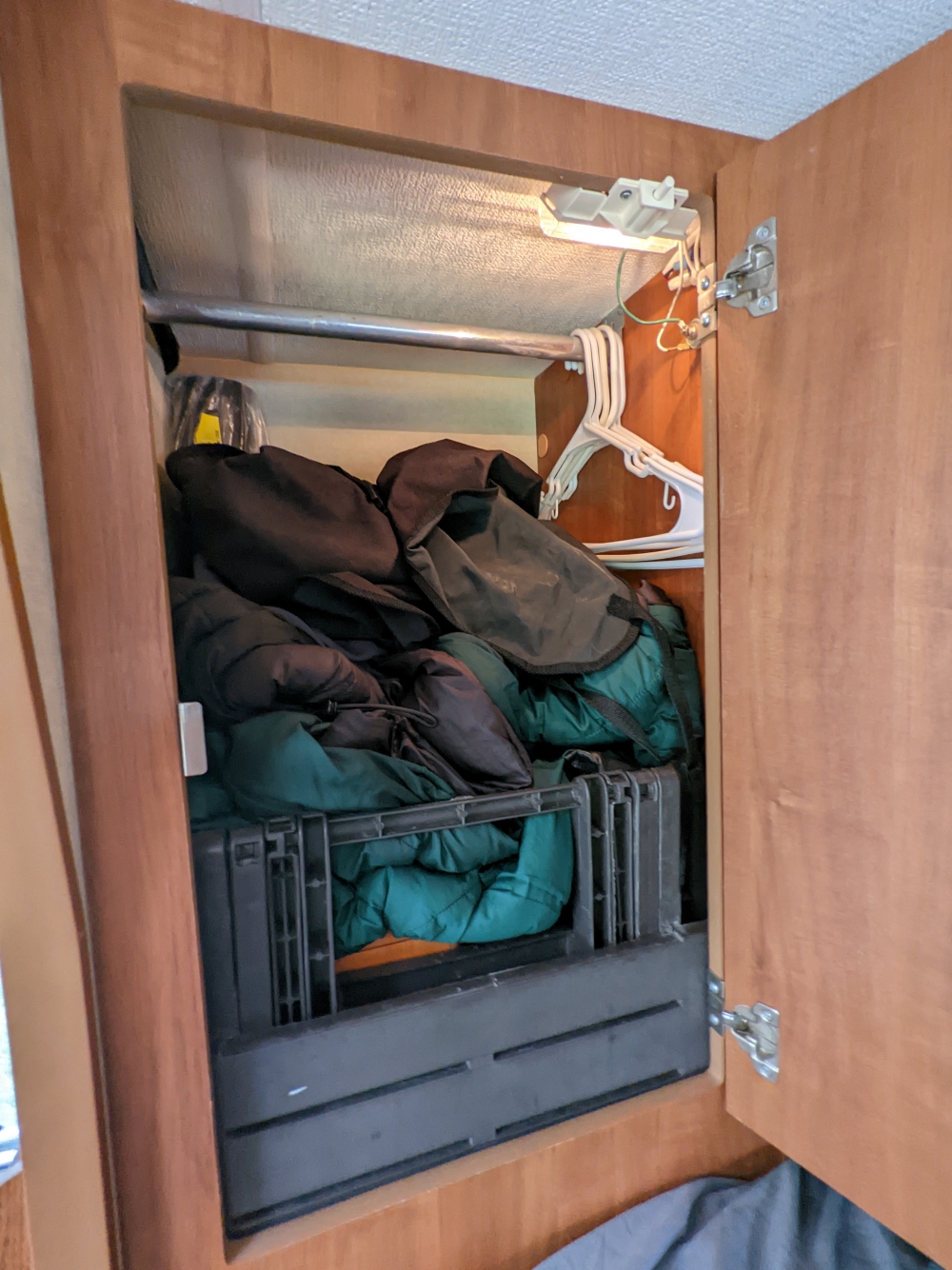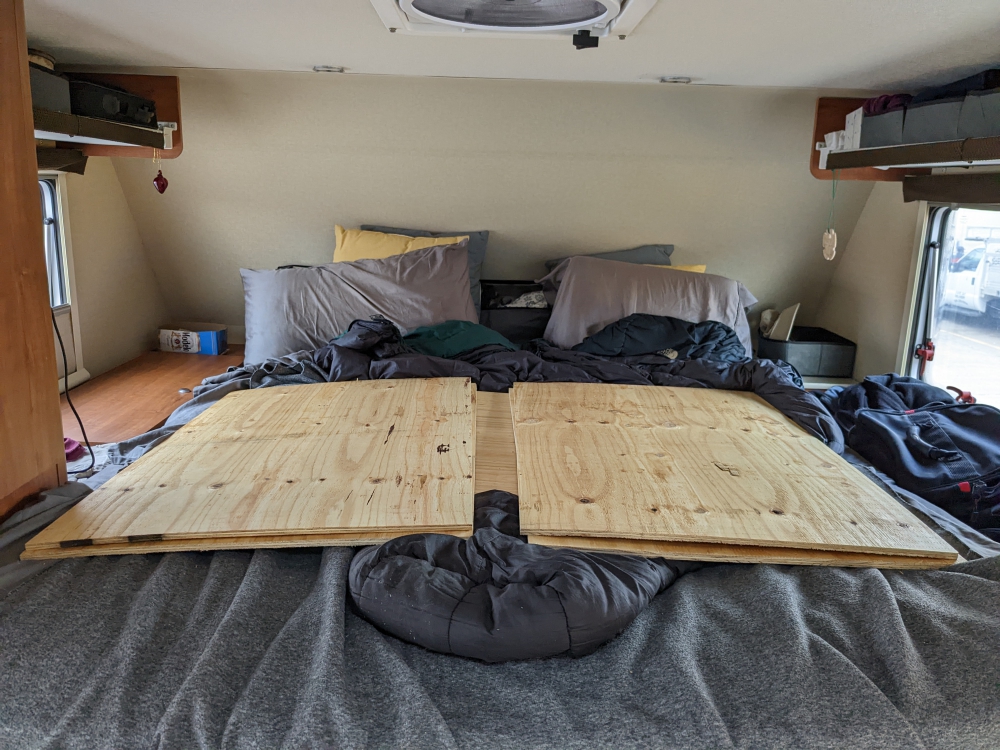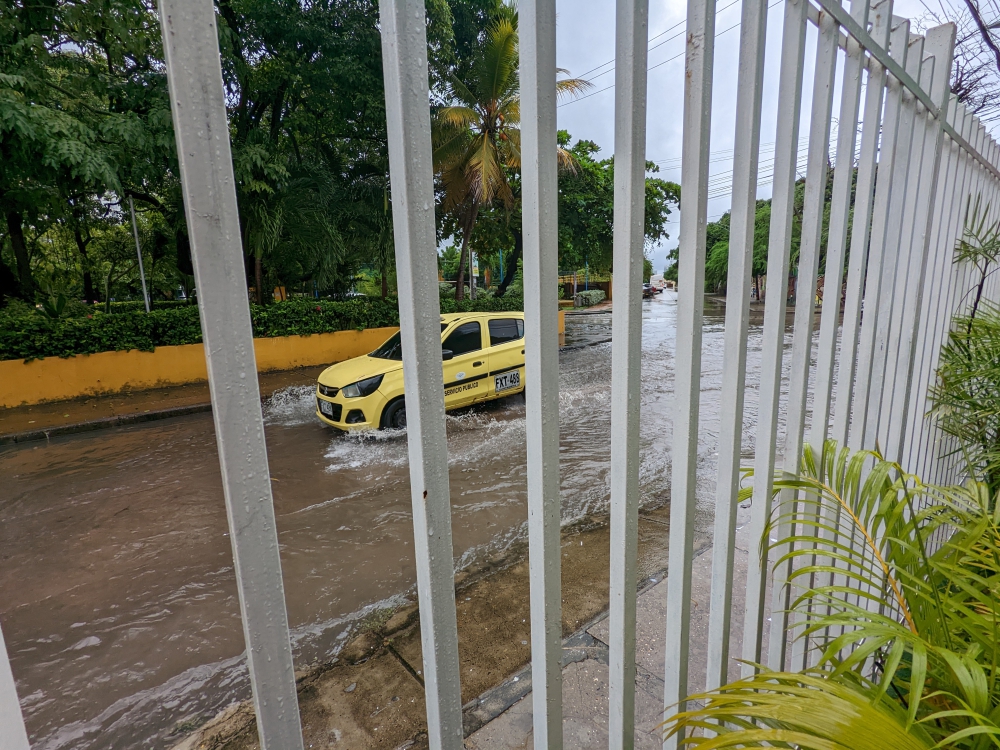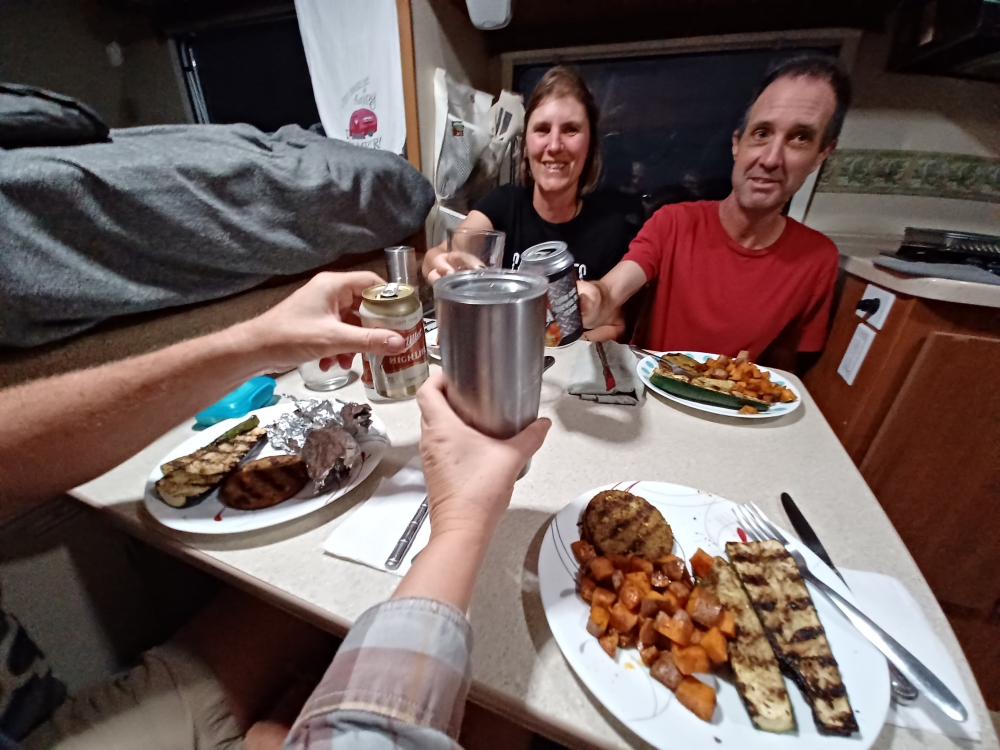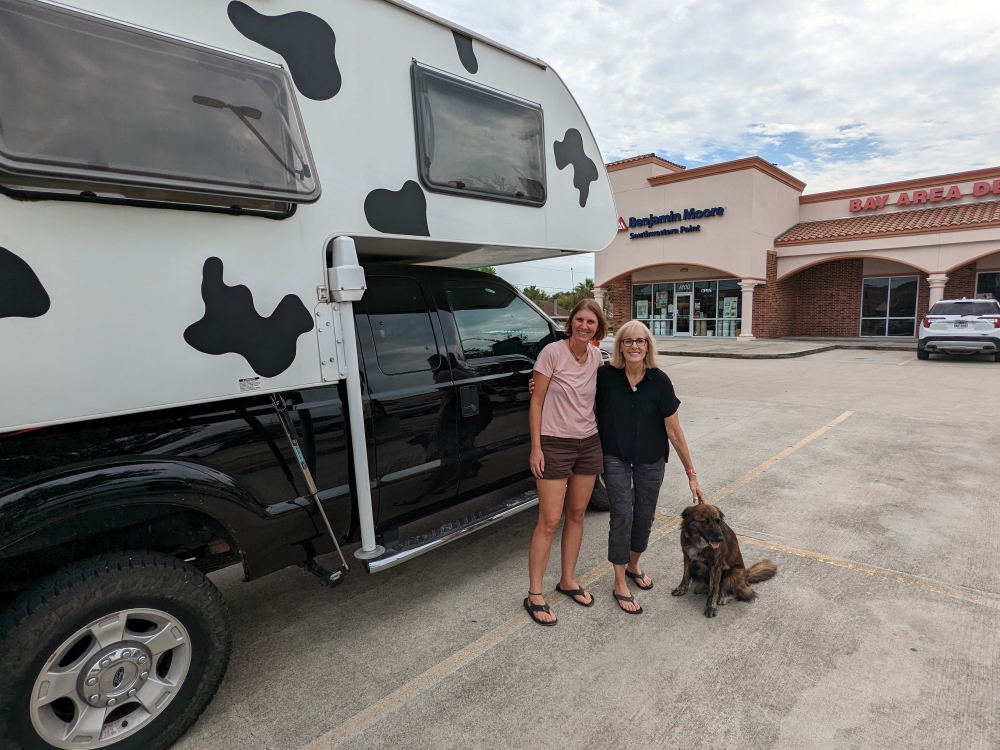
Every month, I post a report of our expenses to show that it is possible to live a comfortable, exciting, and adventurous life without breaking the bank. The less money you spend, the less you need to make. 🙂
This report includes ALL of our expenses, in US$, for two adults and one 60-pound dog (we adopted Maya on June 4th, 2019). Under groceries we incorporate food, produce, and non-alcoholic drinks predominantly bought in supermarkets. Toiletries belong in that category as well. Dining out means eating at a restaurant/event or purchasing take-out food. The health category covers non-prescription medicines and vitamins/supplements; medical contains prescription drugs and doctor’s visits. Because of our income level, Mark and I are eligible for free health care within the state of Massachusetts. For check-ups and extensive care, we return to the US East Coast.
My goal was to write and publish this expense report a week ago. But a large, multiple-day translation assignment arrived in my inbox, which was followed by a few days of driving and sightseeing, as our time in Ecuador is quickly coming to an end. And just like that, it’s Friday again!
In June, the first ten days were spent exploring Northern Ecuador a bit more with our truck camper Thirsty Bella. Mark flew to the US for 2.5 weeks and then joined Maya and me in Ibarra to conclude the month at our friend Graham’s place. This time around, Thirsty Bella was parked for over three weeks on Graham’s driveway. Add our five-day initial visit to his family in May, and for one out of our three months in Ecuador, we lived in Ibarra!
Our biggest expense last month was the car. We filled our F350 pickup truck up with gasoline a couple of times in Ecuador and Mark did the same for his mom’s car in Massachusetts. There were toll roads here but most of the parking money went to a Dana Farber parking garage in Boston, when Mark dealt with health check-ups.
Another chunk of money went to maintenance of our truck, which is not that high all things considered, because we did all the work ourselves. Once Mark returned to Ecuador, we used Graham’s driveway to replace the 25-pound (11.5kg) front wheel bearing hub on the passenger side (which my husband brought back from the US in his carry-on luggage!) and check the brakes, including disassembling them and lubricating the parts. We planned to replace the rear brakes, but it wasn’t necessary yet.
Believe it or not, but $55 of those $113 that went to car stuff was spent on a frivolity item that Mark had his eyes on for many months… He bought a “moo horn” for our Thirsty Bella.
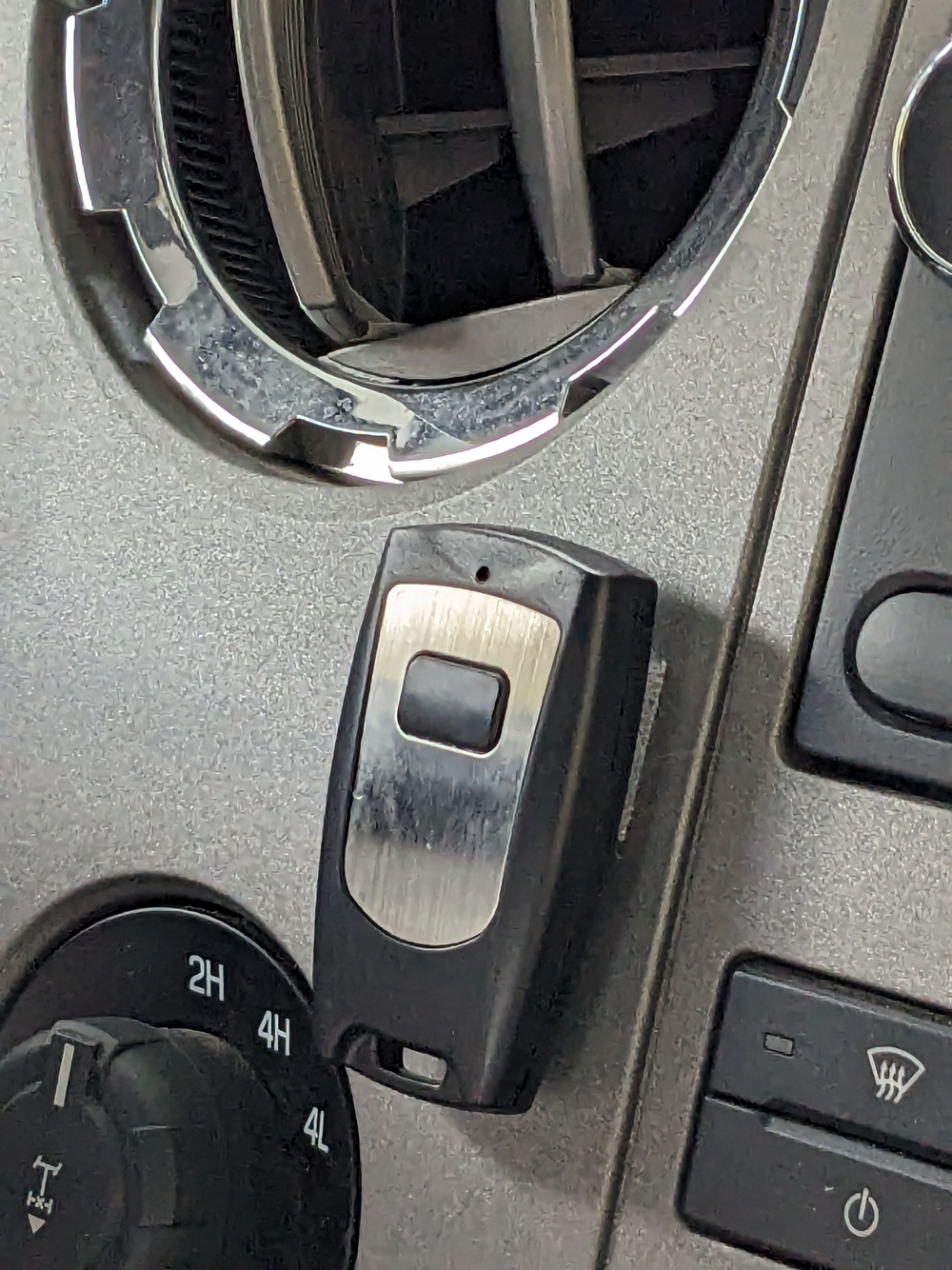
Mark installed this button of our “moo horn” on the dash, so we can both reach it.
Now, with the push of a button, she sounds like a cow as well, delivering even more smiles in the villages we pass through.
Our groceries for June cost less than $200, due to me not buying much for just one person and Mark’s mom covering the food bill in the US. Our dining out category was relatively high – we splurged on a few meals in Mindo, Ecuador, and enjoyed taking our friends out for some food as a thank you.
Our annual Chase credit card fee was payable last month, so that was a one-time expense, as well as the high amount for transportation. This $95 covered Mark’s two-hour transfers to and from Quito airport, his train trips to and from Boston airport, a couple of taxi rides to Ecuador’s capital from the spot where we left our camper, a bus ride for me to Yahuarcotcha Lake and one to the border with Colombia in a failed attempt to return on my Belgian passport, and two cab rides to Ipiales for me to go shopping at my favorite Colombian grocery store, the D1.
The alcohol expense was average, I think; when we hang out with friends, we tend to drink more than when it’s just the two of us. Mark bought SD cards for two new security cameras, two pairs of shorts, wiring for the camper, and bandages for Maya while he was in the US. He also went out for drinks with friends one night. Internet was cheap, because we could use Graham and Amalia’s WiFi network for free when camped on their property, as well as the washing machine.
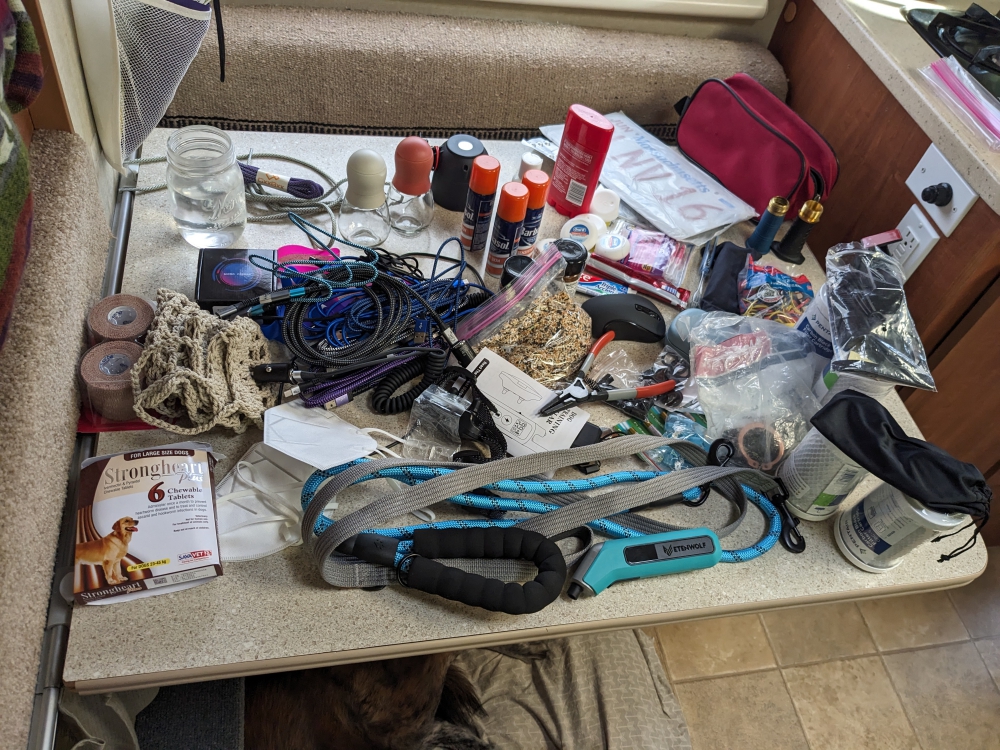
Other useful items Mark brought back from the US – most of them free through our Amazon Vine perk
The only camping we paid for was at Hostal Colibri near Quito airport, which we checked out as a potential place for me to stay while Mark was gone. It happened to be too noisy (from airplanes landing overhead), expensive, and tight to consider. All our other nights of camping were free.
Most of our entertainment – hiking, sightseeing, reading – is free, but in June, we paid money for a waterfall hike in Mindo (see my next blog post) and I bought an eBook to support a fellow author.
Based on Mark’s international trip and shopping sprees and my stationary time in Ecuador, last month’s total expenses of $1,043 are relatively low.
The reasons? The hospitality and generosity of friends and family (Thank you!!), the costs for plane tickets and car parts going to previous months, and the fact that Mark and I are both Amazon Vine members. This status allows us to order useful items for free, to a US address, in return for honest reviews of those products. Of course, we can only use this benefit in accordance with a stateside journey. Time to write some more reviews now! 🙂
June 2023 Overview:
Car (fuel: $199; maint.: $113; parking: $24; tolls:$7):
Groceries:
Dining out:
Bank fees (annual Chase credit card fee):
Transportation (taxis, buses, transfers, trains):
Alcohol:
Clothing (shorts M):
Utilities (internet):
Drinking out:
Computer hardware (SD cards):
Camping:
Entertainment (Mindo hike, eBook):
Camper (wiring):
Dog (new bandages):
Laundry:
TOTAL:
$343
$194
$111
$95
$95
$66
$53
$17
$14
$12
$12
$11
$9
$6
$5
———
$ 1,043
(It might be easier to read the table when turning your device in the horizontal position.)
Find all our expense reports here. To learn what other full-time nomads spend each month, check out the blogs of our vanlife friends Duwan and Greg at Make Like An Ape Man.
If you are enjoying these posts, please consider donating to Roaming About in support of our website and our lifestyle. A big thank you to all our readers who have helped out in the past!





































